Create API Rest with Laravel 5.6 Passport Authentication (Part 1)
https://medium.com/modulr/create-api-authentication-with-passport-of-laravel-5-6-1dc2d400a7f
Create API Rest with Laravel 5.6 Passport Authentication (Part 1)
 Alfredo BarronFollowMay 9, 2018 · 5 min read
Alfredo BarronFollowMay 9, 2018 · 5 min read
We learning to create a authentication system with API Laravel Authentication Passport OAuth
Notice we recommend upgrading to a more modern version. Read upgrade instructions.![]()
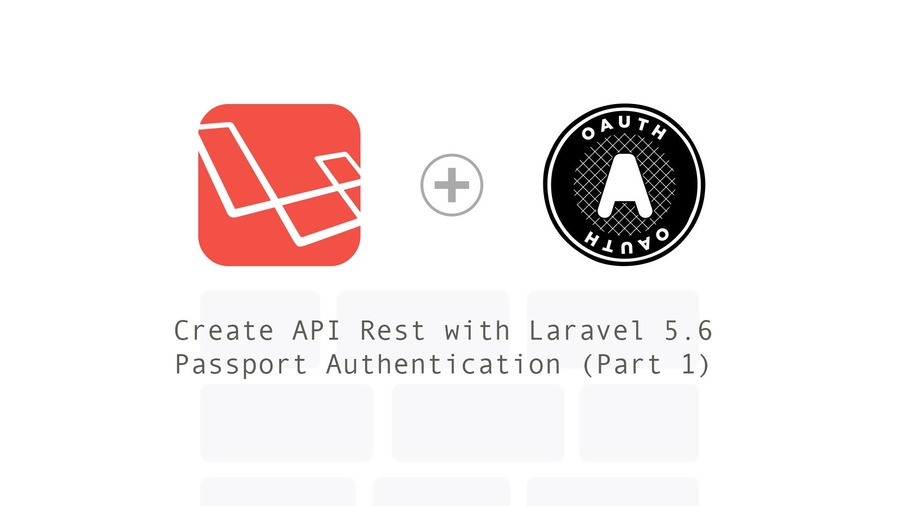
Step 1. Install Laravel
In first step, we require to get fresh Laravel application using bellow command, So open your terminal or command prompt and run bellow command:
laravel new authStep 2. Install Laravel Passport Package
Laravel Passport provides a full OAuth2 server implementation for your Laravel application in a matter of minutes.
composer require laravel/passportStep 3. Run Migration
The Passport migrations will create the tables your application needs to store clients and access tokens.
php artisan migrateStep 4. Generate keys
This command will create the encryption keys needed to generate secure access tokens. In addition, the command will create “personal access” and “password grant” clients which will be used to generate access tokens:
After running this command, add the Laravel\Passport\HasApiTokens trait to your App\Usermodel. This trait will provide a few helper methods to your model which allow you to inspect the authenticated user's token and scopes:
Step 5. Passport Config
Next, you should call the Passport::routes method within the boot method of your AuthServiceProvider. This method will register the routes necessary to issue access tokens and revoke access tokens, clients, and personal access tokens:
Finally, in your config/auth.php configuration file, you should set the driver option of the api authentication guard to passport. This will instruct your application to use Passport's TokenGuard when authenticating incoming API requests:
Step 6. Create API Routes
We will create api routes. Laravel provide routes/api.php file for write web services route. So, let’s add new route on that file.
Step 7: Create Controller
In last step we have to create new controller and four api method. So let’s create AuthController and put bellow code:
Now we are ready to run our example so run bellow command to quick run:
Tests
Now, we can simple test by rest client tools (Postman), So I test it and you can see below screenshots.
In this api you have to set two header as listed below:

Signup

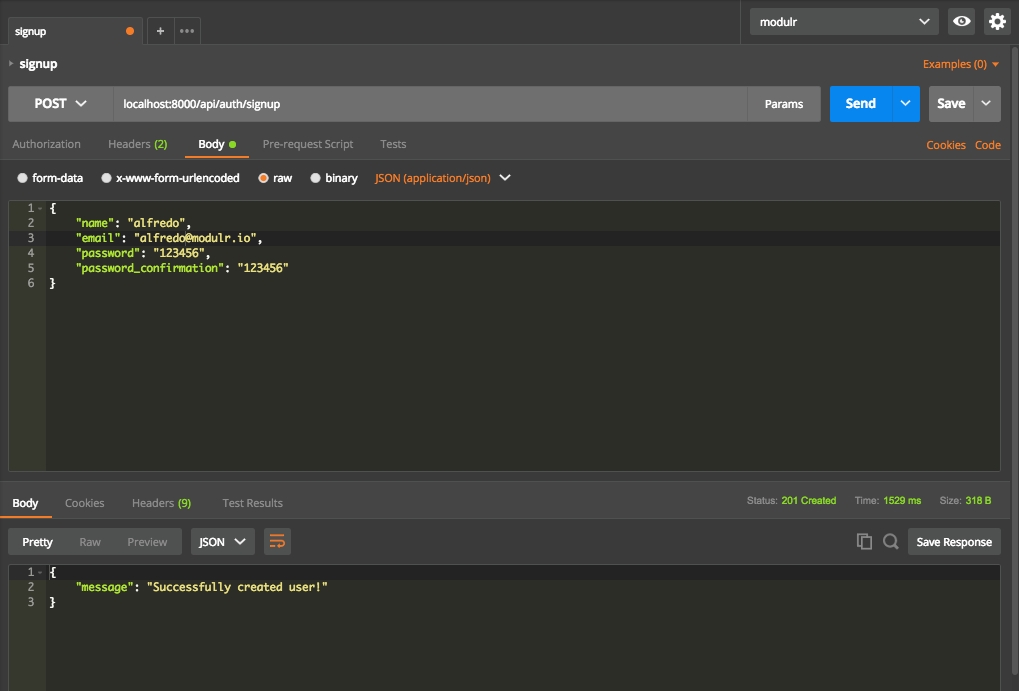
Login

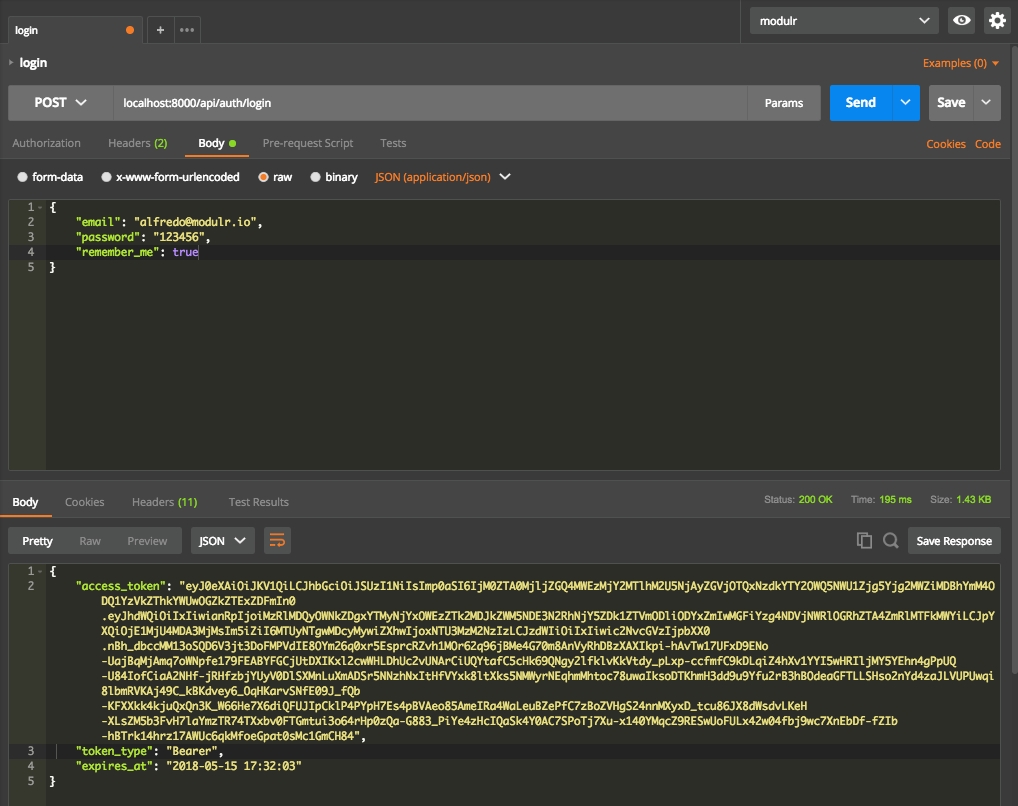
Logout

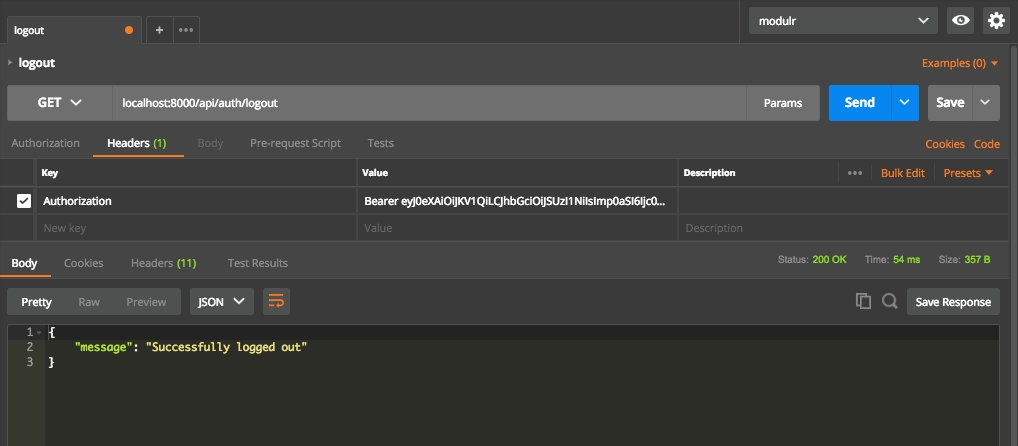
User

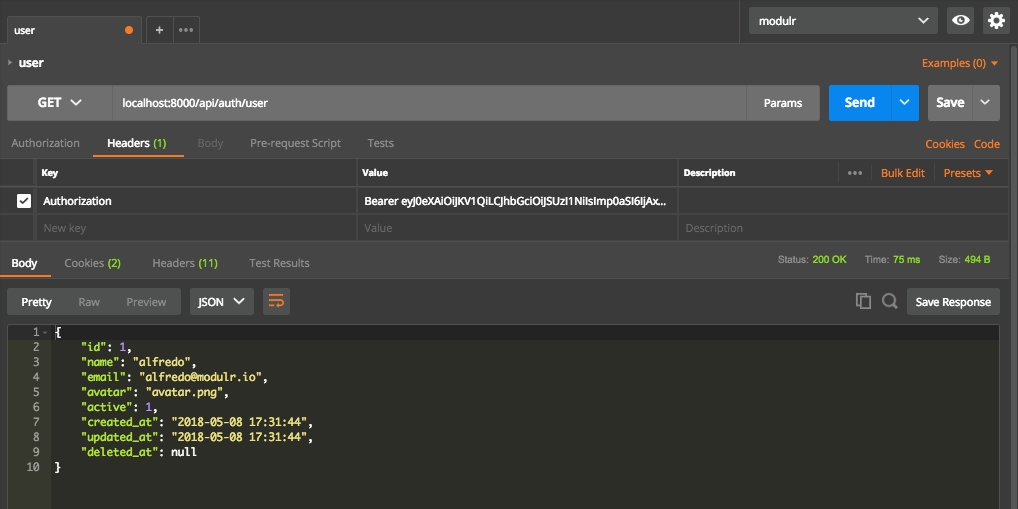
Thanks for reading! I’m Alfredo Barrón, Feel free to connect with me via Twitter.
Part 1. Passport Authentication Part 2. Confirm account + notifications Part 3. Generate avatar Part 4. Reset Password Part 5. Send Notifications with Queues on Redis
Resources
References
-Laravel Passport -Create REST API in Laravel with authentication using Passport excelent tutorial by Urjit Rajgor
Last updated
Was this helpful?